Attention: Farmers & Mechanics!!!
Looking for
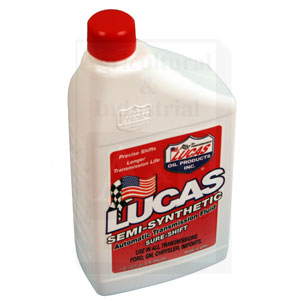
Tractor Oil? Motor Engine Oil, Heavy Duty Gear Oil, Hydraulic Fluid, Heavy Duty Grease?
You Can Benefit from:
- The Largest Online New Aftermarket Parts Store in the USA-95,000 part numbers and growing
- Seeing Pictures, Prices, Descriptions, and Availability before you buy
- Paying Up to 50% less that Dealer Prices
- The lowest freight rates from UPS, DHL, and other couriers.
Call Easy Tractor Parts (1-877-668-7278)
or
Click the Image Below to Enter the
Mineral Tractor Oil and Semi Synthetic Tractor Oil and Additives
Lucas 10W-40 Semi Synthetic Motor Oil |
Lucas 15W-40 High TBN Truck Oil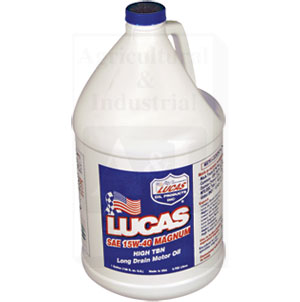 |
Lucas 80W-90 Heavy Duty Gear Oil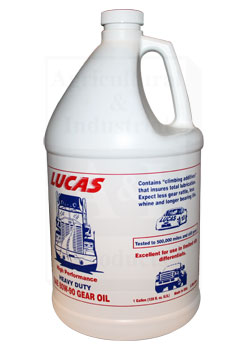 |
Lucas 85W-140 Plus Heavy Duty Gear Oil |
Lucas Heavy Duty Oil Stabilizer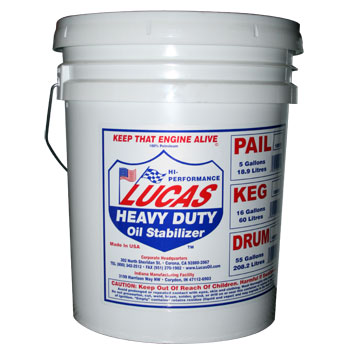 |
 |
 |
Lucas Semi-Synthetic Automatic Transmission Fluid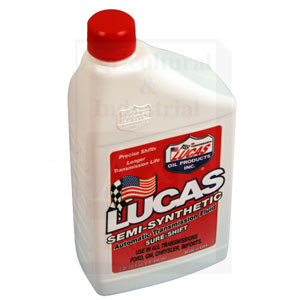 |
Lucas Universal Hydraulic Fluid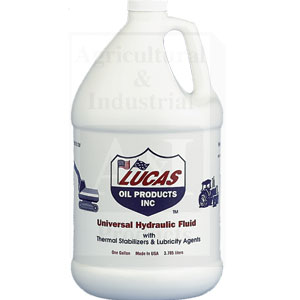 |
Lucas X-tra Heavy Duty Grease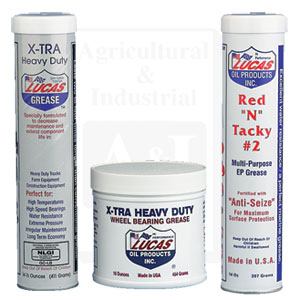 |
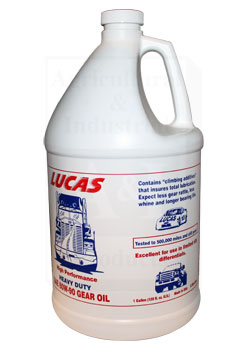 |
|
| Its maintenance time and your tractor engine oil are due to be changed. It’s typical to select the grade that was used before, let’s say, typically, the 15W/40 engine oil. It’s down to the tractor store, or the petrol station, and it’s time to choose. First, there are several grades of oil, i.e., 15W/40, 10W/30, and several types of oil-mineral oil, synthetic oil, and semi synthetic oil.So now, the question becomes, which one should be chosen? Let’s start with the terminology. What is 15W/40? The numbers “15” and “40” are called “grades” of oil. The first sets of engine motor oils were single grade. Single grade oils today are like the SAE 50, or the SAE 40. Some mechanics refer to these as “Straight 40, or straight 50. The number “40” or “50” refers to the viscosity of the oil.However, in countries where night and day temperatures drastically fluctuate, and where temperatures changes with the season, the single grade 40 or 50 oils were too thick in cold temperatures, and thus the oils could not perform its functions of lubrication, cooling, detergent, sealer of gaskets and as a corrosion inhibitor. Thus, entered the “multigrade.”The multigrade oil is a combination of two grades of oils that can perform the functions of engine oil at both high and low temperatures. Therefore, in the above example, the 15 is the straight engine oil for cold temperatures, and the 40 is the straight motor engine oil for high temperatures. The “W” after the “15” signifies that the 15 is the “Winter” Oil, thus the “W.”
Oil Standards and Classifications. Oils, like other manufactured parts, were soon subject to standard methods of performance. The Society of Automotive Engineers (SAE) developed standards that oil manufacturers should meet. An oil designation of, for example, SAE 15W-40, is an indication that that oil has undergone stringent oil tests and has met all of the SAE standards. However, not all oils are SAE compliant. This can be for several reasons, and two will me mentioned here. The first reason is that the oil has not met the SAE standards; however, it is still available for sale. To buy such oils can be risky as sub-standard oils can damage your engine. The second reason is that the oil has met the SAE standards; however, the manufacturer has chosen not to have the SAE tests done. The SAE tests are expensive, and can cost more than $300,000, and during this time there must be no changes to the oil. For example, if the manufacturer derives a better grade oil during the test period (which can last up to three (3) years), no changes to the oil will be allowed until that test is over. Some manufacturers, like Amsoil, prefer not to have SAE standards on some oils. However, much of Amsoil’s other oils are fully SAE compliant. Therefore, when buying oil, the container should be checked to ensure that the oil is SAE compliant, or, the case with Amsoil or Lucas Oil, knowing the manufacturer helps in the decision making process. |
|
